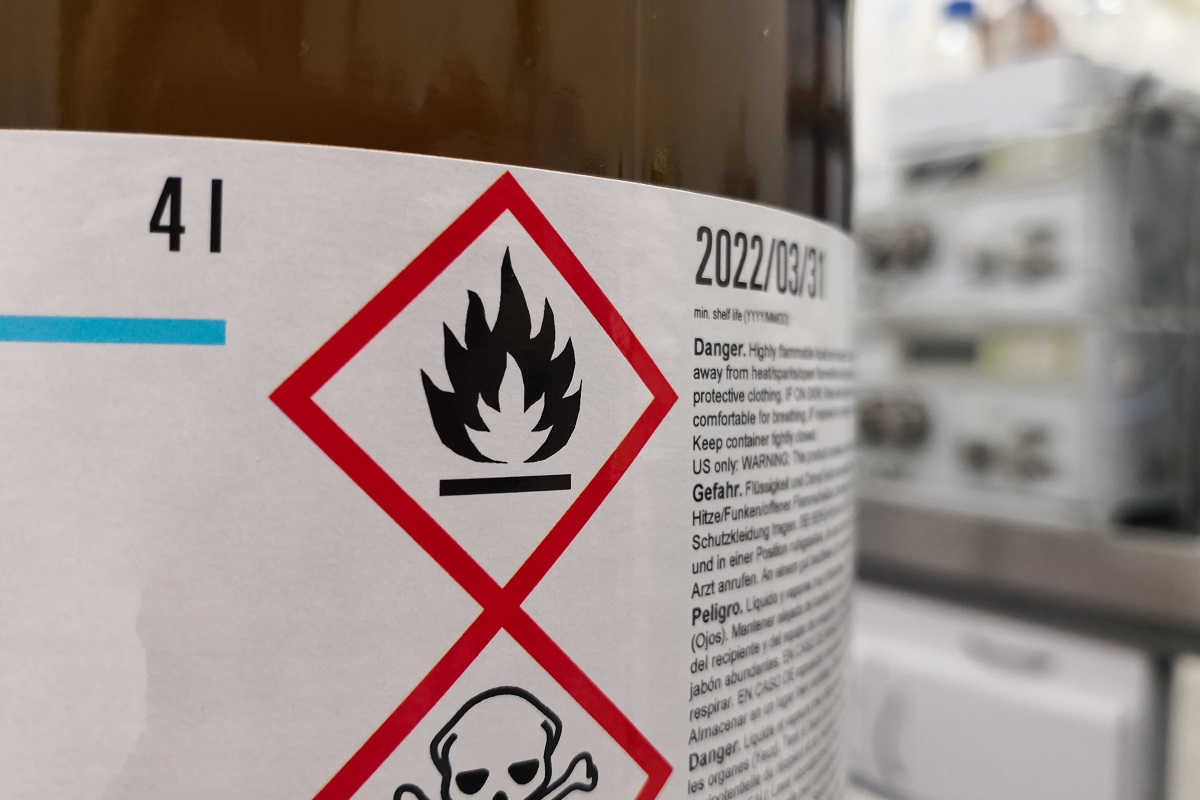On February 16, the Occupational Safety and Health Administration (OSHA) proposed an update to the agency’s Hazard Communication Standard (HCS), which would align provisions of the rule with the seventh revision of the Globally Harmonized System of Classification and Labelling of Chemicals (GHS) published in 2017 (86 FR 9576). An eighth revised edition was published in 2019.
The GHS is an international model regulation for chemical testing, hazard classification, and hazard communication intended to ease trade by establishing a uniform system of chemical labels and safety data sheets (SDSs). The GHS is revised every 2 years.
OSHA last updated the HCS on March 6, 2012, to conform to provisions of the third revision of the GHS issued in 2009.
The new update would contain substantive changes for chemical manufacturers and importers, amending the requirements for the labels and SDSs that manufacturers and importers must provide for hazardous chemicals in commerce.
The proposal could lead to changes in labels and SDSs employers would receive. For example, the agency is proposing a new provision for small container labels for containers with a capacity less than or equal to 100 milliliters (ml). Such labels would be required to include, at a minimum, a product identifier; a pictogram(s); a signal word; the chemical manufacturer’s name and phone number; and a statement that the full label information for the hazardous chemical is provided on the immediate
outer package.
OSHA also proposed adding the term “combustible dust” to the standard’s definitions. The agency had not included it in the 2012 revision because OSHA was considering a combustible dust rulemaking. However, the agency never established a combustible dust standard. Other OSHA standards include the term “combustible dust” but do not define it.
OSHA now proposes adopting the definition used in Revision 7 of the GHS—‘‘finely divided solid particles of a substance or mixture that are liable to catch fire or explode on ignition when dispersed in air or other oxidizing media.’’
The agency also is proposing changes to the SDS requirements to address manufacturers’ concerns about trade secrets. Some chemical manufacturers claim a product’s exact concentration or concentration ranges are trade secrets.
OSHA now proposes offering a series of concentration ranges that chemical manufacturers could use on SDSs: from 0.1% to 1%; from 0.5% to 1.5%; from 1% to 5%; from 3% to 7%; from 5% to 10%; from 7% to 13%; from 10% to 30%; from 15% to 40%; from 30% to 60%; from 45% to 70%; from 60% to 80%; from 65% to 85%; and from 80% to 100%. The ranges are consistent with those prescribed in Canadian regulations, according to the agency.
The proposed revisions to the HCS would reduce costs and burdens, according to OSHA, while improving the quality and consistency of information provided to employers and employees about chemical hazards.
Comments are due to the agency by April 19. OSHA will schedule an informal hearing on the proposal if one is requested during the comment period.

